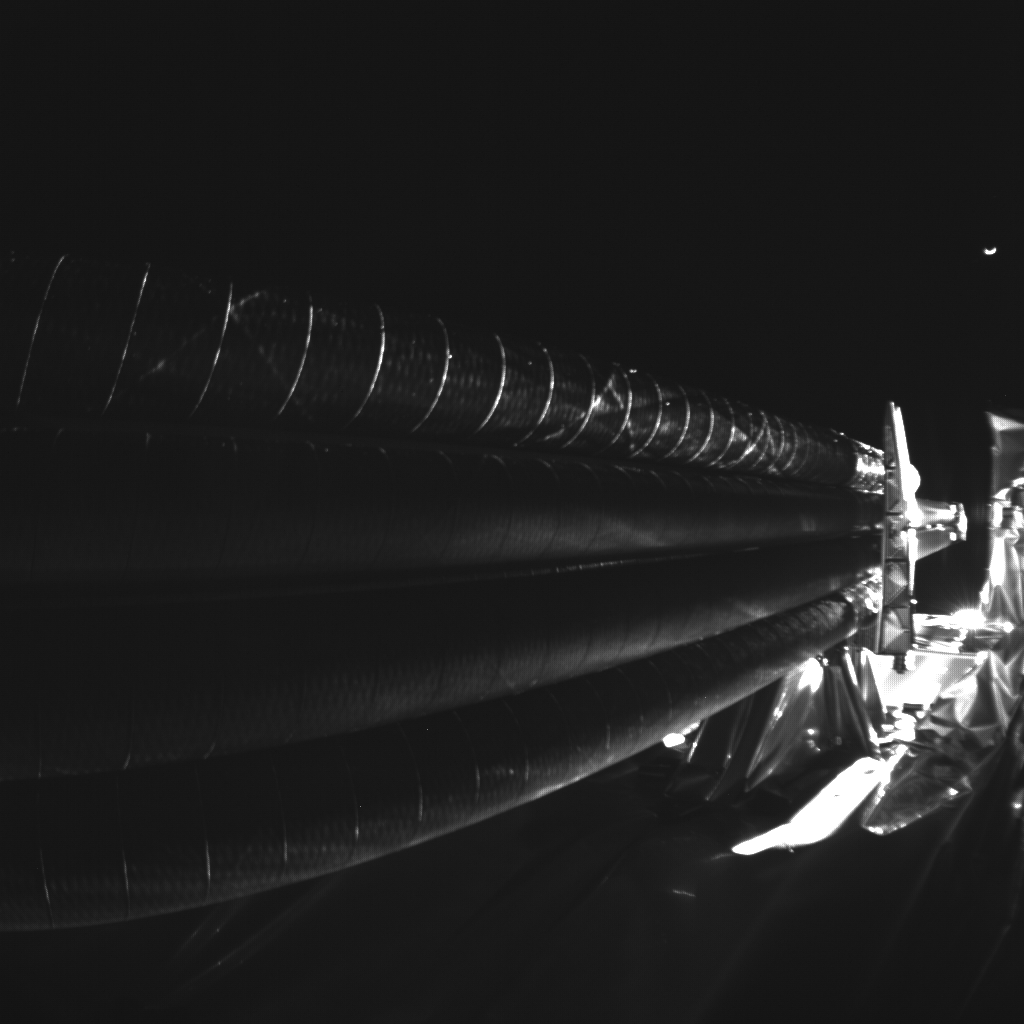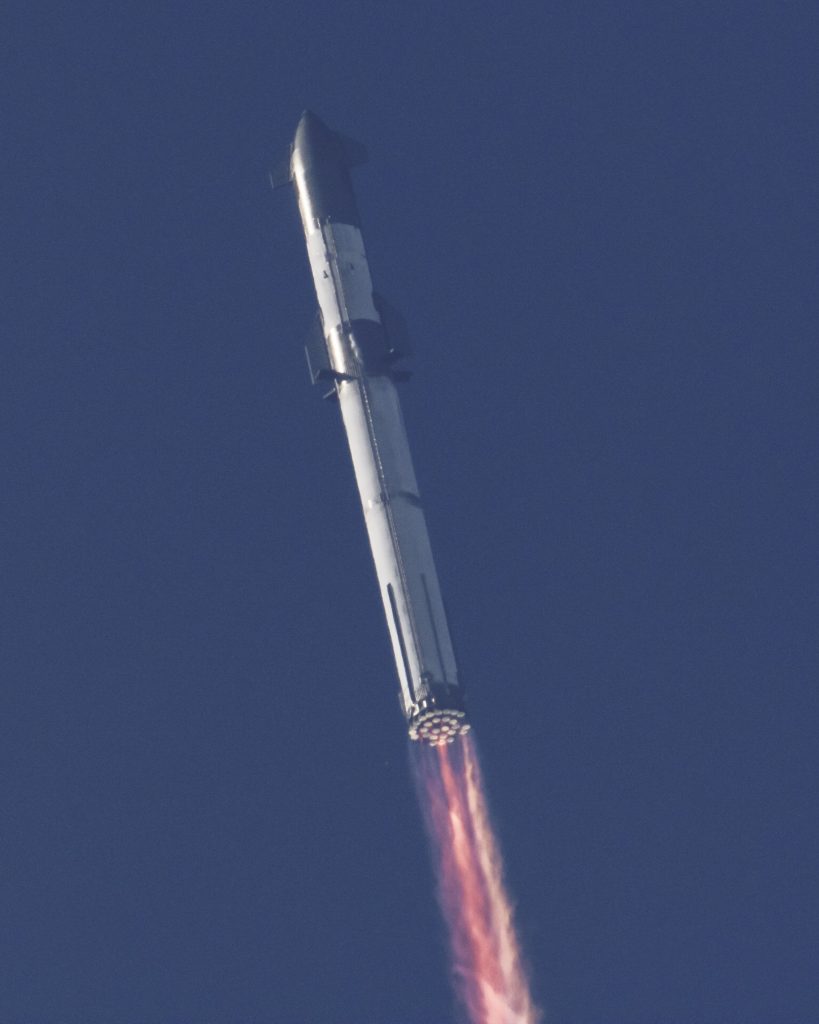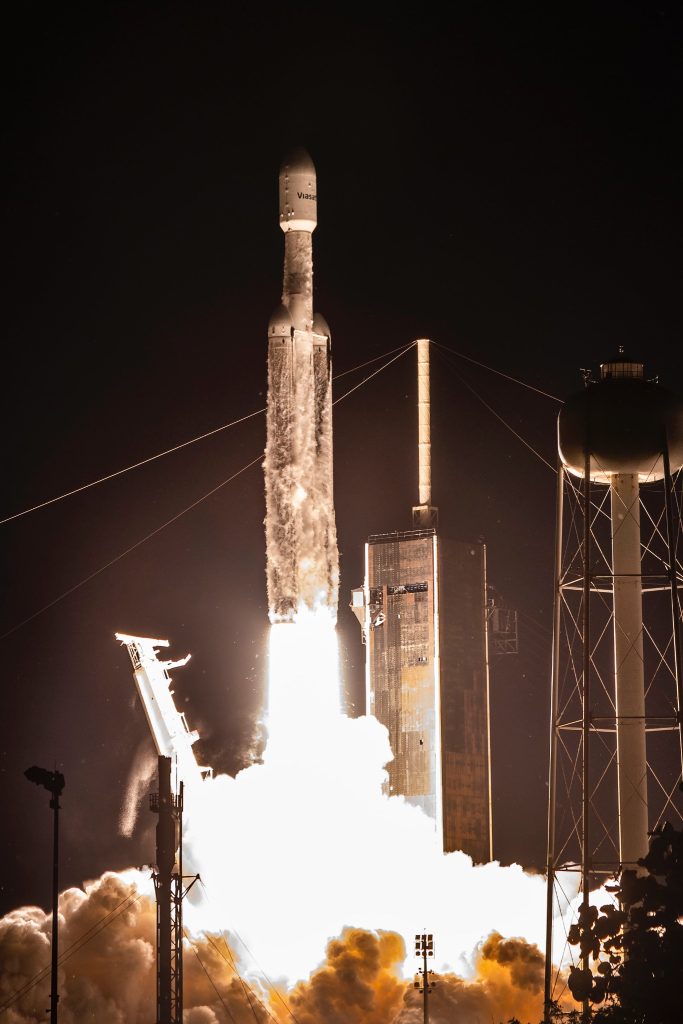Welcome back to Spaceflight Insight: your weekly dose of digestible space news.
On April 28th, the European Space Agency announced via twitter that the Jupiter Icy Moons Explorer probe has recently run into an issue.
The Jupiter Icy Moons Explorer (JUICE) is a school bus sized probe that is heading to the icy moons of Jupiter to explore their inner workings, and look for signs of ocean life. After its launch on April 14th, JUICE has been powering on its experiments to get ready for the long transit to Jupiter.
Problems began when the European Space Agency commanded the probe to open its large radio antenna. In a Tweet, the ESA described that the antenna is stuck in a partially open state.

This radar antenna will be used to penetrate the icy surface of the moon of Jupiter to look into the planet’s geography and is key to accomplishing the mission’s goals.
The ESA plans to fire JUICE’s engines to attempt to shake the antenna free, and they will orient the spacecraft so that the antenna can be heated by the sun. While the failure of this antenna may be detrimental to the mission, the JUICE team appears hopeful.
Heading back to Texas, SpaceX is under fire by 5 organizations after its April 20th Starship Orbital Flight Attempt.
In a lawsuit, these 5 organizations are suing the FAA for allowing Starship to launch due to its environmental impact. Before a launch can be allowed, the FAA must analyze many factors relating to a rocket’s impact on not only air traffic, but its environmental impact with the land around it.

One of the reasons that Starship took so long to launch is because of the time it took for the FAA to undergo its environmental review. The organizations involved in the lawsuit claim that the FAA underestimated the environmental impact to the land around the Starbase launch site.
The SpaceX launch site is close to the Boca Chica National Wildlife Refuge which is a key environment for many endangered species in the area. While the US Fish and Wildlife Service claims that no animals were affected by the launch, further investigations about the environmental impact of the launch will be provided by 3rd party agencies.
For our final piece of space news, we will look to Cape Canaveral, Florida where SpaceX launched a Falcon Heavy rocket carrying ViaSat-3.

This satellite designed by Boeing and ViaSat is the world’s largest and highest capacity communications satellite. This launch required the Falcon Heavy to expend all 3 of its landable stages due to the weight of the satellite. Once ViaSat-3 comes online, it will be able to provide internet to the entirety of North and South America.
I hope to make these digestible bits of spaceflight news better, so If you have any aerospace questions or some feedback, don’t hesitate to let me know. Contact me at codyeutsler@gmail.com.
As always, fly safe.




